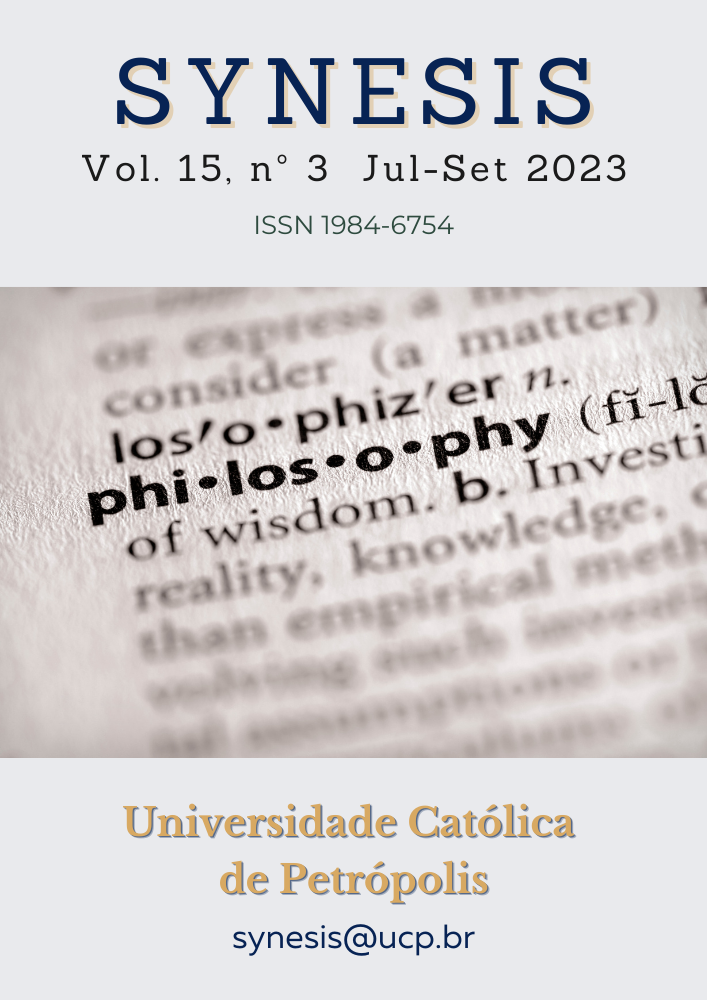Resumo
O artigo destaca e resume as principais tendências na formação e desenvolvimento e métodos e tecnologias de ensino à distância para especialistas técnicos, fases, características e dinâmicas de tal desenvolvimento. Os fundamentos teóricos do ensino misto em especialidades técnicas utilizando tecnologias à distância (conceito e modelo) foram desenvolvidos. Estruturado com base na tecnologia de ensino à distância centrada no estudante, o mecanismo de implementação do conceito e modelo de ensino misto em especialidades técnicas. Foram desenvolvidos critérios para a eficácia do ensino misto em
especialidades técnicas. Foi criado um bloco de tecnologias modulares variáveis para o ensino à distância centrado no estudante, com o objectivo de dominar a metodologia deste tipo de formação para professores, criando as suas próprias ferramentas metodológicas. O sistema de classificação modular de gestão da qualidade intra-universitária da formação em especialidades técnicas foi adaptado em relação ao sistema de aprendizagem mista.
Referências
Ali, K. A. G., Khalil, H. E. M., & El-Sharkawy, F. M. (2020). Impacts of Online Remote Education on the Learning Process among Nursing Students. Open Journal o fNursing, 10(9), 810-830. https://www.scirp.org/journal/paperinformation.aspx?paperid=102859
Alqahtani, A., & Rajkhan, A. (2020). E-learning critical success factors during the COVID-19 pandemic: a comprehensive analysis of E-learning managerial perspectives. Education Sciences, 10(9), 216. https://doi.org/10.3390/educsci10090216
Atieku-Boateng, H. (2021). An evaluation of the effectiveness of online education and the extent to which online education will be replacing the traditional classroom teaching. Academia Letters, 2806. https://doi.org/10.20935/AL2806
Gao, H. (2021). Analysis of Network Classroom Environment on the Learning Ability of College Students. Technology, Knowledge and Learning, 26(1). DOI: https://doi.org/10.1007/s10758-020-09457-3
Hillier, M. (2018). Bridging the digital divide with off-line e-learning. Distance Education, 39(1), 110–112. Doi: https://doi.org/10.1080/01587919.2017.1418627
Langegard, U., Kiani, K., Nielsen, S. J., & Svensson, P. A. (2021). Nursing students’ experiences of a pedagogical transition from campus learning to distance learning using digital tools. BMC Nursing, 20(1), 1–10. https://doi.org/10.1186/s12912-021-00542-1
Mohammed, M., & Ja'ashan, N. (2020). The Challenges and Prospects of Using E-learning among EFL Students in Bisha University. Arab World English Journal (AWEJ), 11(1), 124-137. https://dx.doi.org/10.24093/awej/vol11no1.11
Morin, K. H. (2020). Nursing education after COVID-19: Same or different? Journal of Clinical Nursing, 29(17–18), 3117–3119. https://doi.org/10.1111/jocn.15322Nikadambaeva, K.B. (2020). Possibilities For Using E-Sources of Educational Methodology in Online Education During Quarantine. The American Journal of Social Science and EducationInnovations,02(08),164–173.Doi: https://doi.org/10.37547/tajssei/Volume02Issue08-25
O'Doherty, D., Dromey, M., Lougheed, J., Hannigan, A., Last, J., & McGrath, D. (2018). Barriers and solutions to online learning in medical education -an integrative review. BMC medical education, 18(1), 130. https://doi.org/10.1186/s12909-018-1240-0
Palvia, S., Aeron, P., Gupta, P., Mahapatra, D., Parida, R., Rosner, R., & Sindhi, S. (2018). Online Education: Worldwide Status, Challenges, Trends, and Implications. Journal of Global Information Technology Management, 21(4), 233–241. Doi: https://doi.org/10.1080/1097198X.2018.1542262
Rajab, K. (2018). The Effectiveness and Potential of E-Learning in War Zones: An EmpiricalComparison of Face-to-Face and Online Education in Saudi Arabia. Institute of Electrical and Electronics Engineers, 99, 1-1. DOI: 10.1109/ACCESS.2018.2800164
Ratheeswari, K. (2018). Information communication technology in education. Journal of Applied andAdvanced Research, 3(1), 45-47. DOI: https://doi.org/10.21839/jaar.2018.v3iS1.169
Riera Guasp, J., Ardid, M., Vidaurre, A., & Dueñas, J. (2018). Students’ perception of auto-scored online exams in blended assessment: Feedback for improvement. Educacion XX1, 21(2), 79-83. https://doi.org/10.5944/educxx1.19559
Shehab, A., & Khalifa, M. (2021). Evaluation of the Current Challenges of Nursing Students about Online Nursing Education at the Middle Region in Iraq. Annals of the Romanian Society for Cell Biology, 25(5), 4864-4870.
Shoufan, A. (2019). Estimating the cognitive value of YouTube’s educational videos: A learning analytics approach. Computers in Human Behavior, 92, 450–458. doi: https://doi.org/10.1016/j.chb.2018.03.036
Zarei, S., & Mohammadi, S. (2021). Challenges of higher education related to e-learning in developing countries during COVID-19 spread: a review of the perspectives of students, instructors, policymakers, and ICT experts. Environmental Science and Pollution Research, 6. https://link.springer.com/article/10.1007/s11356-021-14647-2

Este trabalho está licenciado sob uma licença Creative Commons Attribution-NonCommercial-NoDerivatives 4.0 International License.
Copyright (c) 2023 Synesis (ISSN 1984-6754)

